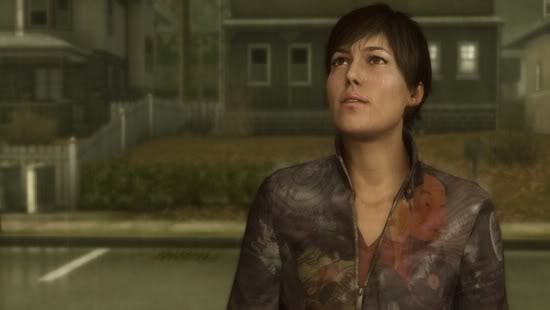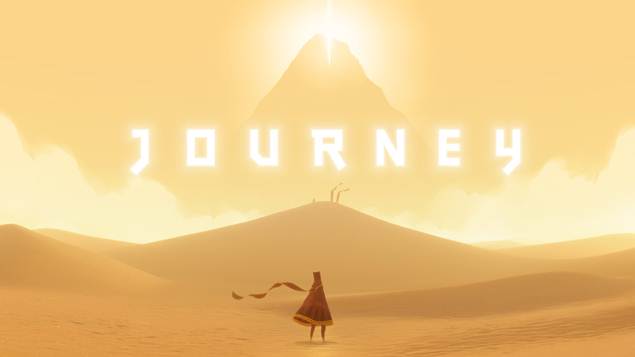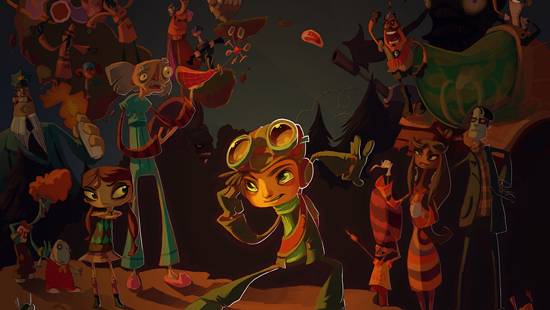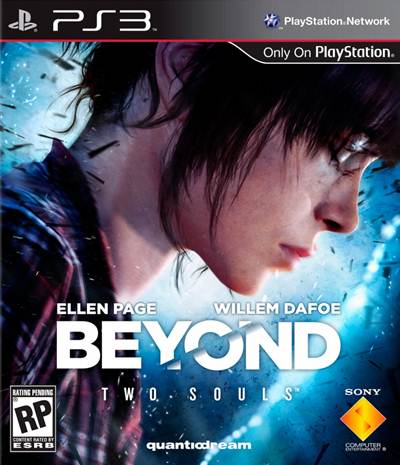
An interesting statement was circulating the interwebs recently as Quantic Dream’s boss Guillaume de Fondaumiere spoke in a keynote speech at Digital Dragons recently about how art games could be successful. He stated that, “Heavy Rain took $22 million to produce.
With marketing it’s maybe $30 million. With distribution, $40 million. Sony earned $100 million with the game, so it’s very profitable. It’s the sort of margin that most publishers would strive for, for any game.
“Heavy Rain was the ninth best-selling game in the year it was released, so we made the top ten. It’s true of Journey, too. I don’t know the details of the budget, but I know from speaking to members of ThatGameCompany that it was a profitable game for them and for Sony.
“We should stop thinking that innovation rhymes with unprofitable.”
And sure enough, he was right: For its budget, Heavy Rain did fairly well. In fact, for the type of game it was, Heavy Rain did extremely well. Not that bad games can’t sell, but you get the gist.
Now, there may be many differing opinions on this but the fact remains: Heavy Rain wasn’t the off-beat, genre bending, cinematic masterpiece that director David Cage likes to pretend it was. Burdened with clunky controls, awkward dialogues and voice acting, weird missions and an altogether meandering pace, it was a prime example of a developer concentrating on the visuals and seemingly makig up the rest of the game as they went along. If you want to talk about innovation, Heavy Rain did nothing that earlier games did and did far better.
The worst part about Heavy Rain was also the aspect that was seemingly praised the most: The story. Random interludes, including a nightmare sequence that served seemingly no purpose alongside various exploitative scenes featuring Madison, one of the characters; red herrings that served no purpose, including Ethan’s blackouts and Agent Jayden’s dissociation and deteriorating mental state lead to nothing; and a surprise twist at the end, which made you go “Wait, what?” as to the killer’s identity all contributed to a very lackluster experience.
If anything, it was a prime example as to why games should not try so hard to be cinema, much less art.
Now you could take something like ThatGameCompany’s Journey and proclaim it as an example of artistic video games being successful.
Considering for a moment however that those were good games, backed by strong mechanics and story-telling, not to mention a clear and concise art direction and theme. Heavy Rain would perhaps best make sense if you viewed the entire game as a death dream, where Madison’s nightmare actually happened and the rest of the game was just a fictionalized “life flashing before her eyes” to help her cope with the inevitability that death would bring.
Sadly, even this theory requires a lot of stretching of the imagination – and honestly, it’s not worth trying to justify Heavy Rain’s plot holes to fit into it. This doesn’t fix the contrived gameplay mechanics unless one comes with an even more detailed theory (which we won’t).
Art in a game doesn’t just entail pretty graphics or a unique style; it doesn’t entail a single cohesive whole, reflecting a theme from which the gamer becomes more enlightened; it doesn’t try to add on to a gamer’s cultural state of mind. Perhaps more accurately, it expands it – the art and the game are one and the same thing.
The Walking Dead would probably be equally effective and fun to play with a photo-realistic graphical style, but its true soul lays in the cel-shaded, comic book style graphics that bring it closer to the heart of the intellectual property itself.
Because the unique nature of Robert Kirkman’s comic is showing us a world painted in black and white but endlessly imbued with shades of gray. Sometimes the white shines all the brighter, and the black just blots everything out. Telltale’s adventure game is in much the same spirit, but inherently inculcates this philosophy into its gameplay and identity.
It’d be wonderful if every artistic title sold like gang-busters. There are truly a lot of unappreciated and unknown games out there (Grim Fandango, Psychonauts, I Have No Mouth and I Must Scream, Odama and Killer 7 among others) which deserve all the financial acclaim in the world compared to the Call of Dutys and FIFAs of the world. But let’s not get hasty and label any off-beat success, that too a moderate one, like Heavy Rain as a standard to inspire the entire industry.
Remember: Just because art can be successful, doesn’t mean it’s always good art.


















